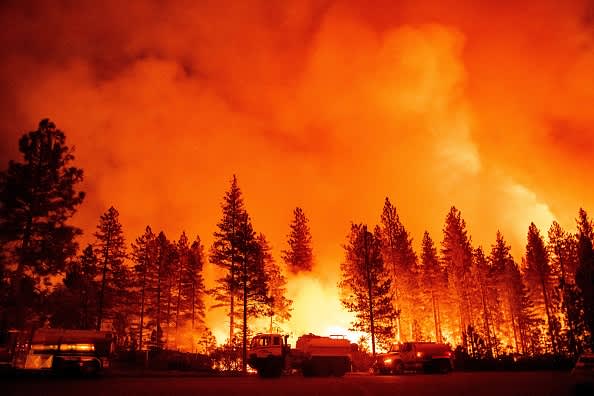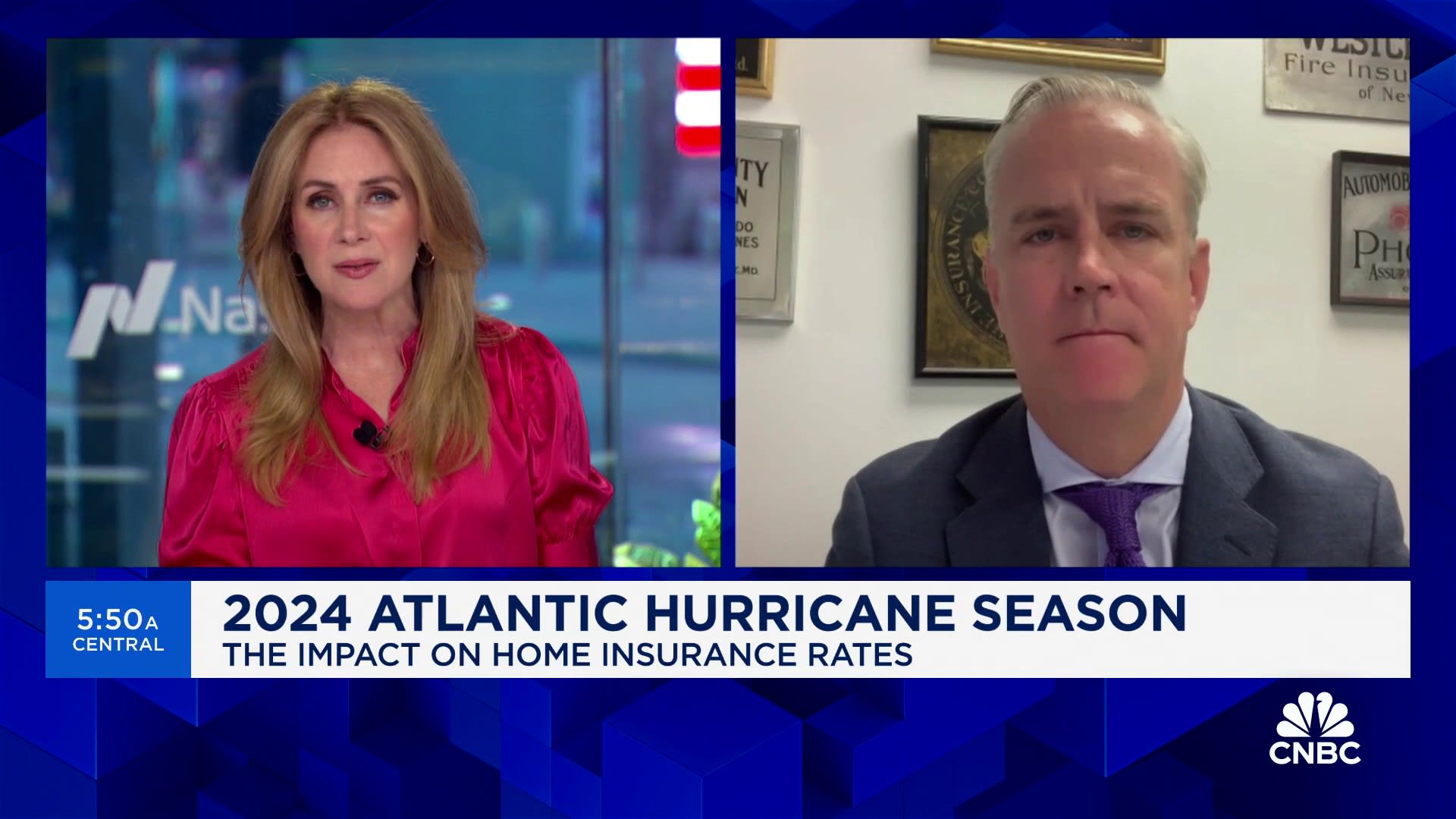A view of flooded streets after 24 hours of continuous heavy rain over Fort Myers, Florida, United States on June 13, 2024.
Anadolu | Anadolu | Getty Images
Consumers preparing to renew their homeowners insurance policy may experience some unexpected sticker shock.
Between May 2022 and May 2023, home insurance prices rose an average of 21% at renewal time, according to Policygenius.
A rise in catastrophic severe weather events contributed to this jump, experts say, and the rate of price increases is not expected to slow. As insurers face higher costs, they pass those along to consumers in the form of pricier premiums.
However, insurers don’t share data on individual homeowners’ premiums and risks, so it’s difficult to calculate just how climate risk is factored into the price of policies.

“The levels of risk and the kinds of hazards that a property can be exposed to are massively changing,” said Carlos Martín, director of the Remodeling Futures program at the Joint Center for Housing Studies of Harvard University.
“And right now there’s a lot of confusion, not just among the homeowners, but also among the insurers about how they should be pricing this actuarially,” he said.
‘Minimal’ data available from insurers
Though home insurance premiums jumped significantly in price last year, it isn’t a new phenomenon. To that point, between 2012 and 2021 the average premium rose from $1,034 to $1,411, according to the Insurance Information Institute.
Some of the annual increases within that stretch of time were bigger than others, according to Kenneth Klein, a professor at California Western School of Law, adding that climate change creates the potential of economic “fat-tailed losses,” because storm damage isn’t spread evenly across all insured properties or evenly over time.
“For many insurance companies in the Gulf Coast area, if they economically survived Katrina, the next year was one of their most profitable years,” he said. “Because their premiums adjusted for Katrina, but there wasn’t a Katrina event. So that’s the challenge of insuring climate change.”
More from Personal Finance:
Defining a buyer’s market ‘a bit tricky,’ expert says: 4 signs to monitor
Building the middle class may be a ‘defining goal’ under a Harris presidency
Student loan payments are on pause for millions. Here’s what to know
Understanding how premiums will continue to rise in response to severe weather is hard to gauge, according to Martín.
“The data is pretty minimal,” Martín said. “Insurers don’t share how much they’re charging individual homeowners with the world, and there’s not a lot of reporting.”
Scott Shapiro, KPMG U.S. insurance sector leader, said the industry does gather this data on weather-related losses to inform policy premiums, but the detailed data isn’t publicly accessible.
“This data is crucial for rate making and filings,” Shapiro said. “A key challenge is the increasing exposure to weather-related risks and the uncertainty of whether historical losses accurately predict future losses.”
Insurers are pulling back in high-risk areas
The cost of home insurance might be rising, but for some in areas at risk of flood or fire, homeowners may have few options.
In May 2023, for example, State Farm stopped accepting new applications for California policies. Allstate announced in November 2022 that it would pause new home, condo and commercial policies in the state.
Insurance companies “are not in the business of giving you money just because you need it, and they are not in the business of doing the right thing just because it feels like the right thing,” Klein said. “They are businesses that are trying within a set of laws and regulations to make a profit.”
Fewer and pricier insurance options can prove to be a significant barrier to homeownership, experts say, as most mortgages require insurance.

Florida’s legislature created Citizens’ Property Insurance in 2002 as an option for Floridians who couldn’t find home insurance in the private market. California’s FAIR plan was established as a statute in the state’s insurance code to provide fire coverage unavailable in the traditional market, though it’s not a state or public agency.
Though state-run programs might serve as a last resort, they don’t always provide the same quality of coverage that a private insurer might offer.
“They sometimes are not built on the same actuarial principles as private insurance company would build them,” Klein said. “And as a consequence, it’s problematic. It’s often not good coverage.”
Those feeling the pain of rising premiums the most are existing homeowners, Martín said.
“They’re feeling it, because they see what they’re paying when they first bought the house, and now they see what they’re paying,” he said. “And it’s increasing.”
